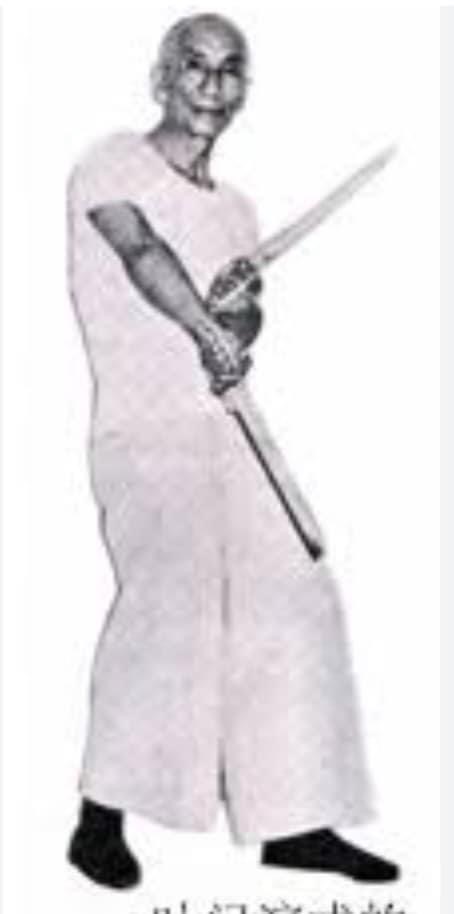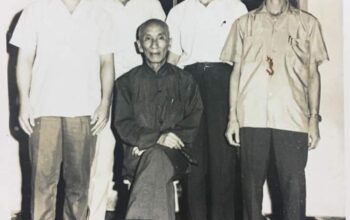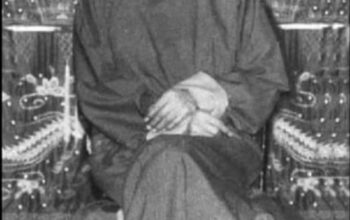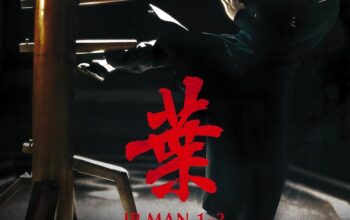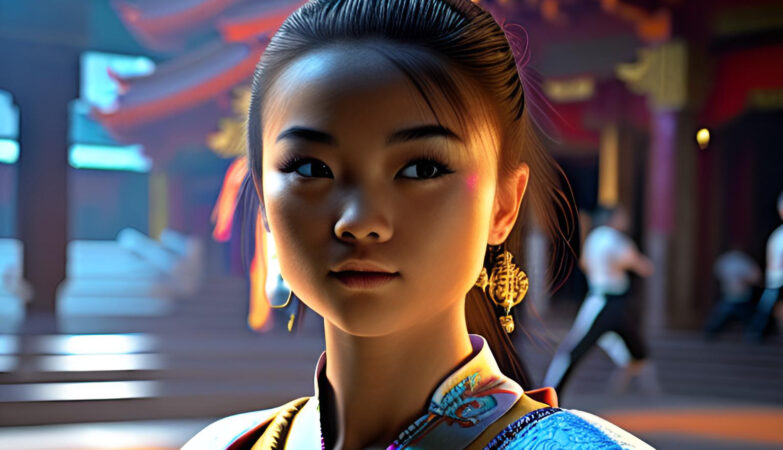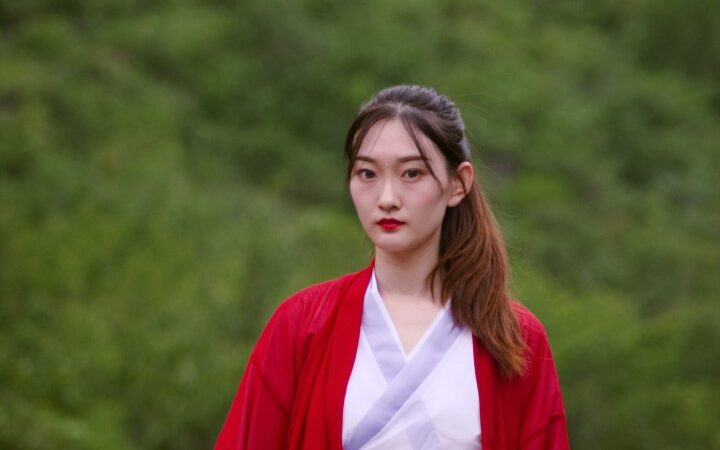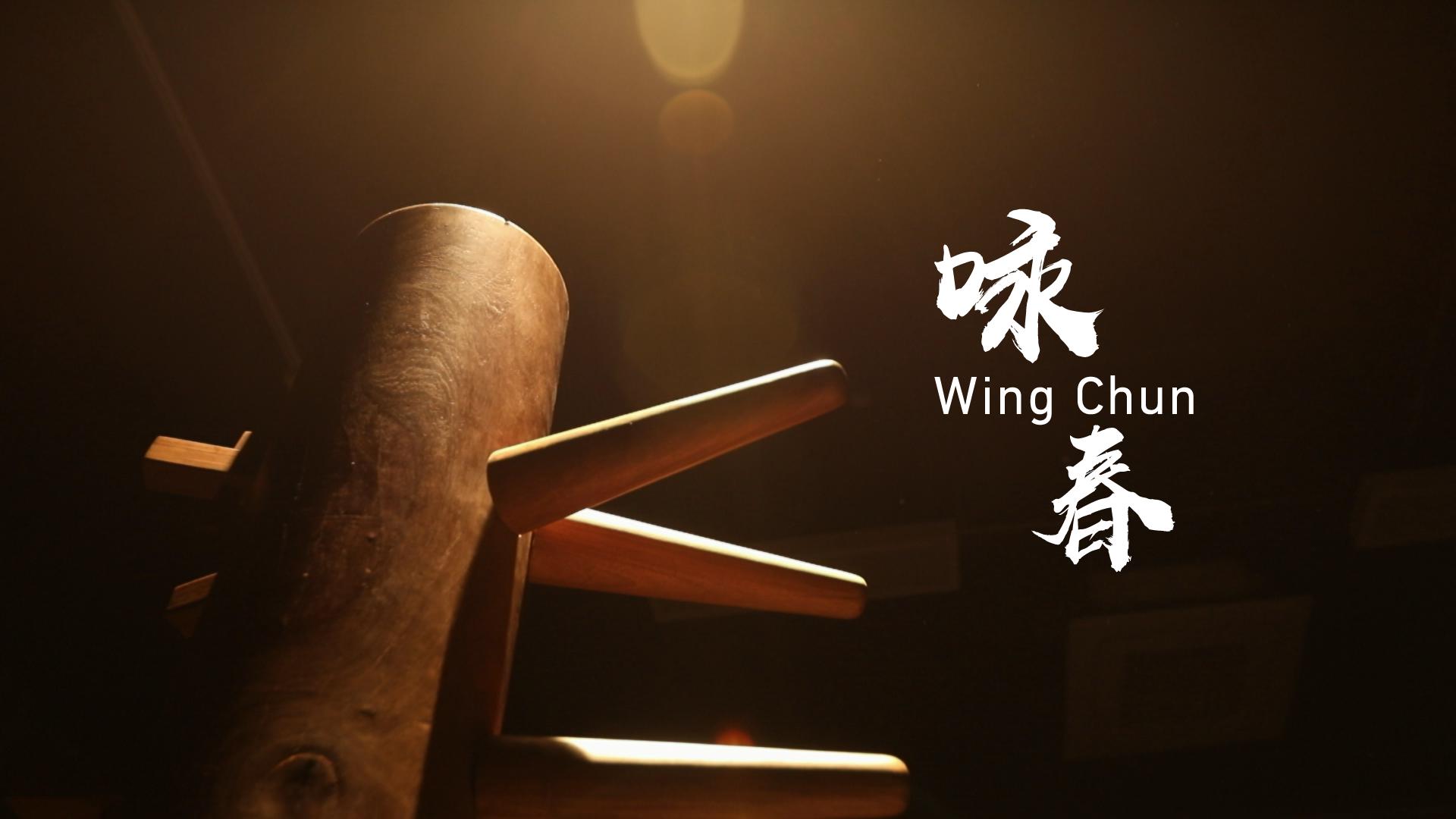The Wing Chun butterfly swords, also known as Bart Cham Dao or Eight-Cutting Swords, are a unique and iconic weapon associated with the Chinese martial art of Wing Chun. These twin swords hold immense significance and have played a crucial role in the development and practice of Wing Chun over the centuries. Their design, techniques, and symbolism contribute to their enduring legacy within the martial arts community.
Originating in the southern region of China, Wing Chun is a close-range combat system known for its efficiency, speed, and practicality. The art was developed by a Buddhist nun named Ng Mui, who synthesized her knowledge of martial arts with her observations of nature and movements of animals. It is believed that the butterfly swords were adapted from farming tools and modified for combat purposes by Ng Mui herself.
The butterfly swords are characterized by their distinctive design, featuring a slightly curved, single-edged blade with a D-shaped handguard that resembles the wings of a butterfly. They are usually wielded as a pair, with one sword in each hand. The unique shape of the swords offers several advantages in combat, including versatility, agility, and the ability to trap and manipulate an opponent’s weapon.
One significant aspect of the butterfly swords is their emphasis on close-quarters combat. Wing Chun places a strong emphasis on short-range engagements, using simultaneous attack and defense techniques to swiftly neutralize an opponent. The compact size and quick handling of the swords make them ideal for this purpose, allowing practitioners to swiftly close the distance and launch rapid and precise strikes.
Furthermore, the butterfly swords play a vital role in the development of Wing Chun skills. Practitioners of this martial art utilize the swords to enhance their understanding of movement, timing, coordination, and the principles of economy of motion. The intricate footwork, precise positioning, and intricate hand techniques involved in wielding the butterfly swords help refine a practitioner’s sensitivity, speed, and precision.
Symbolically, the butterfly swords represent the Wing Chun philosophy and principles. The swords embody the essence of the art, emphasizing the concepts of simplicity, directness, and adaptability. They teach practitioners to flow with the opponent’s movements, redirecting and intercepting attacks while maintaining a strong defense. The grace and elegance associated with the butterfly swords also reflect the emphasis on efficiency and effectiveness in Wing Chun.
Moreover, the study of the butterfly swords in Wing Chun serves as a means of preserving the traditional aspects of the art. It is a testament to the rich history and cultural heritage of the martial art, connecting practitioners to its roots and lineage. The mastery of the swords requires discipline, dedication, and a deep understanding of Wing Chun principles, ensuring the continuity of this ancient fighting system.
In conclusion, the Wing Chun butterfly swords hold great significance within the martial art of Wing Chun. Their unique design, practicality, and symbolism make them an integral part of Wing Chun training and philosophy. Through the study of these weapons, practitioners develop their skills, refine their techniques, and connect with the rich traditions of the art. The butterfly swords embody the essence of Wing Chun, encapsulating its principles of efficiency, adaptability, and directness. Their legacy continues to inspire and shape the Wing Chun community, ensuring the art’s continued growth and preservation for generations to come.
